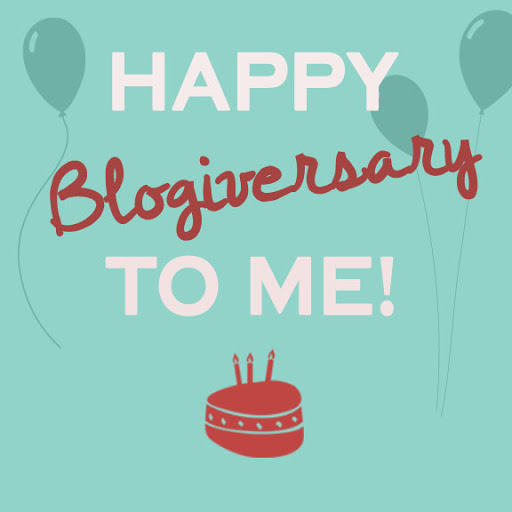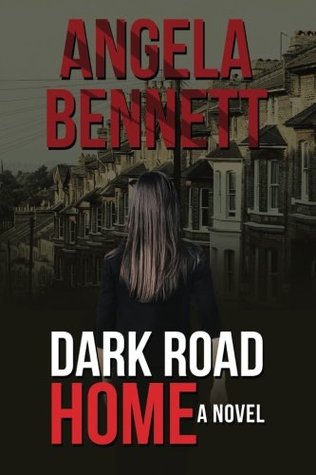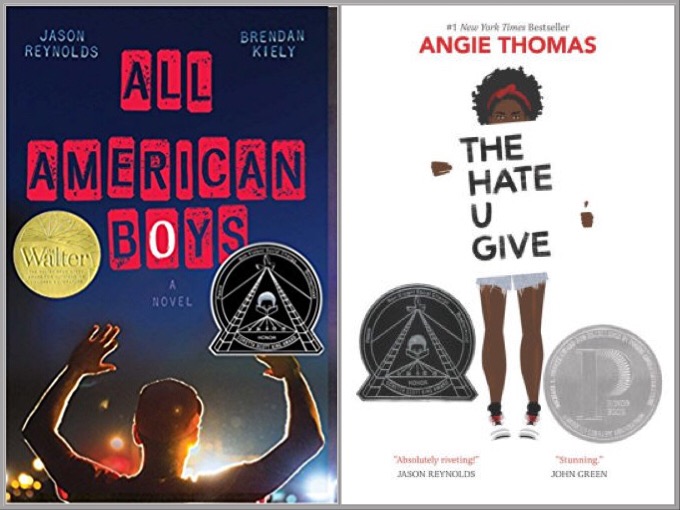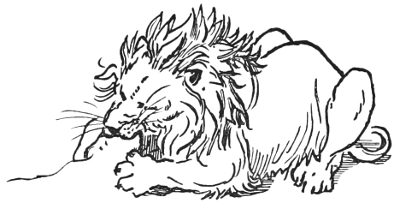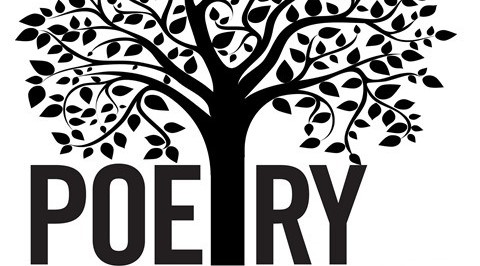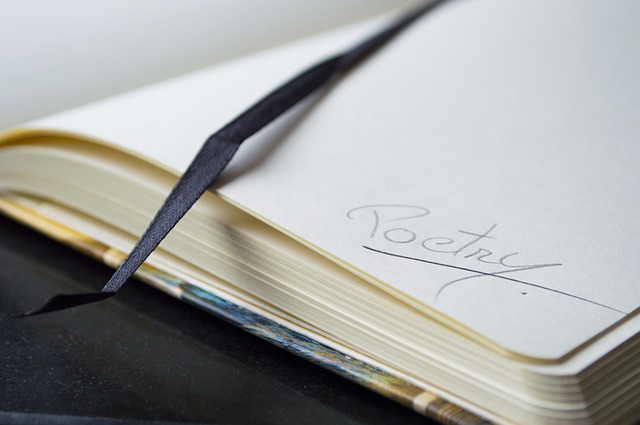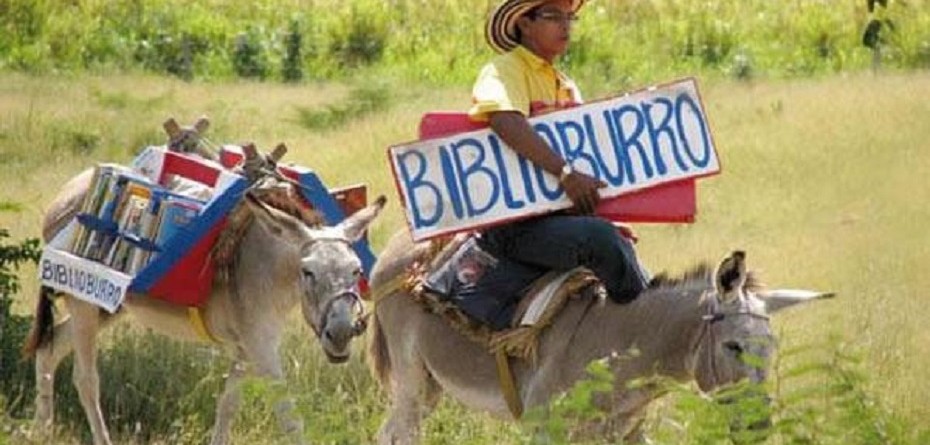 1
1 BOOK MAIL ~ Send Your Favorite Book to a Stranger!
I don’t know about you, but I know that I am always so excited when I get book mail. But what if you could get someone else’s favorite book – not receiving something you chose? I’ve been seeing this amazing thing going around the internet recently and I’m currently a […]


